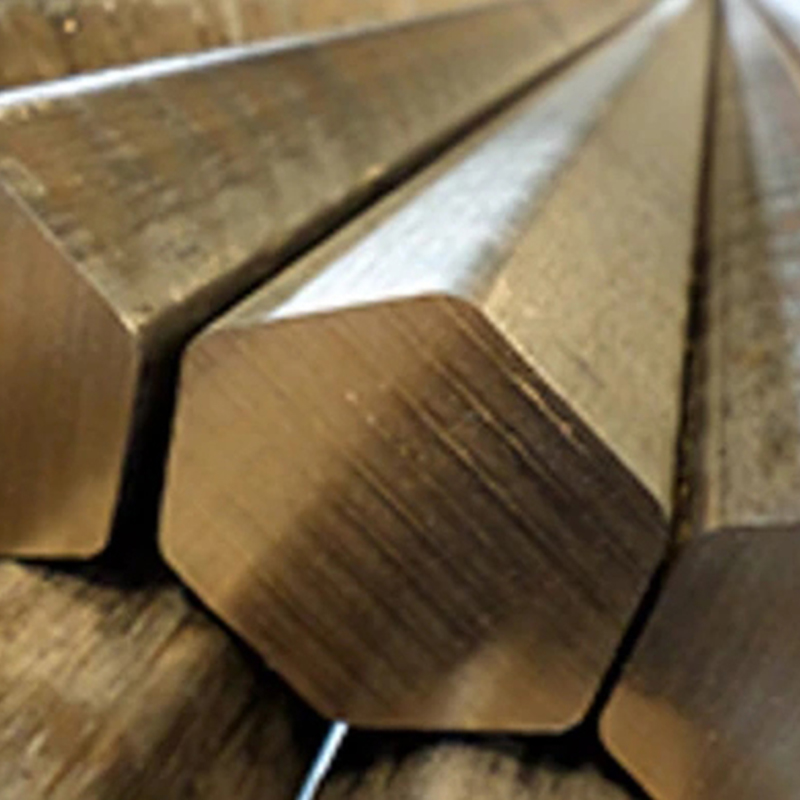CAMK52100 Tin Phosphor Bronze Coil or Bar or Strip
Material Designation
| GB | T2QSn8-0.3 |
| UNS | C52100 |
| EN | CW453K |
| JIS | C5212 |
Chemical Composition
| Copper, Cu | Rem. |
| Stannum, Sn | 7.50 – 8.50% |
| Phosphorus, P | 0.01 – 0.40% |
| Iron, Fe | Max. 0.10% |
| Nickel, Ni | Max. 0.20% |
| Plumbum, Pb | Max. 0.02% |
Physical Properties
| Density | 8.80 g/cm3 |
| Electrical Conductivity | Min. 13 %IACS |
| Thermal Conductivity | 62.3 W/( m·K) |
| Melting Point | 1027 ℃ |
Characteristics
CAMK52100 is a copper-tin-phosphorus ternary alloy with high tin content. A small amount of (α+δ) eutectoid will be produced in the α phase solid solution of the alloy structure. The δ phase is a hard and brittle phase, which improves the mechanical properties of the alloy. performance, wear resistance. At the same time, due to the addition of phosphorus element, the corrosion resistance of the alloy is improved.
CAMK52100 has high strength, hardness, high elasticity and wear resistance. High corrosion resistance in atmosphere, fresh water and sea water, easy to weld.
Application
CAMK52100 is mainly used for friction-bearing parts under moderate loads and sliding speeds, but also for elastic elements such as springs and reeds.
Mechanical Properties
|
Specification mm (up to) |
Temper |
Tensile Strength Min. MPa |
Yield Strength Min. MPa |
Elongation Min. A% |
Hardness Min. HRB |
|
φ 20-50 |
Y2 |
450 |
280 |
26 |
/ |
|
φ 50-100 |
Y2 |
400 |
280 |
26 |
/ |
|
>φ 100 |
TF00/TB00 |
Please send an email to ryan@corammaterial.com for more details. |
|||
Advantage
1. We actively respond to any questions from customers and provide shorter delivery times. If customers have urgent needs, we will fully cooperate.
2. We focus on controlling the production process so that the performance of each batch is as consistent as possible and the product quality is excellent.
3. We cooperate with the best domestic freight forwarders to provide customers with sea, rail and air transportation and combined transportation solutions, and have plans for transportation difficulties caused by natural disasters, epidemics, wars and other factors.



